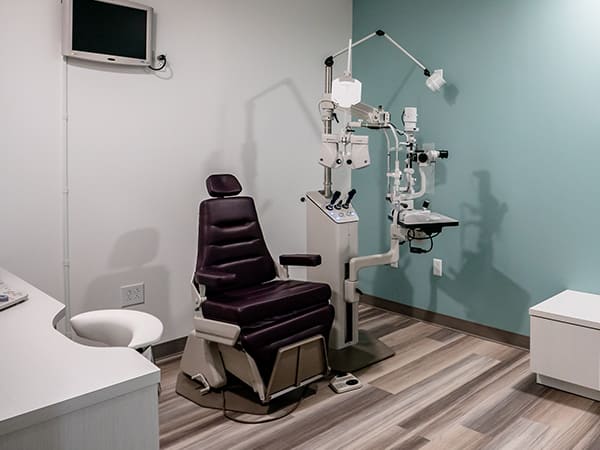
In today's fast-paced digital world, it's nearly impossible to escape screen time. Whether it's work-related computer use, browsing social media on your phone, or streaming your favorite shows, screens have become an integral part of everyday life. While technology has made many tasks more convenient, it has also led to an increase in eye-related complaints - especially dry eye symptoms.
Understanding Dry Eye Syndrome
Dry eye syndrome occurs when your eyes don’t produce enough tears or when the quality of your tears is poor. This can result in a range of uncomfortable symptoms, including:
A gritty or burning sensation
Eye redness
Blurred vision
Light sensitivity
Watery eyes
While many factors can contribute to dry eye, such as aging, hormonal changes, certain medications, or environmental conditions, prolonged screen time has emerged as one of the most common modern culprits.
How Screen Time Contributes to Dry Eye
When you stare at a screen, your blink rate significantly decreases. Blinking is essential because it spreads a layer of tears across the surface of your eyes, keeping them lubricated and protected. Fewer blinks mean less moisture, which can lead to or worsen dry eye symptoms.
Additionally, the intense focus on screens often leads to poor blinking habits, such as incomplete blinks that fail to refresh the tear film properly. Over time, this can cause inflammation, irritation, and long-term discomfort.
Practical Tips to Protect Your Eyes
There are several ways to minimize the effects of screen time on your eyes:
Follow the 20-20-20 Rule: Every 20 minutes, take a 20-second break and look at something 20 feet away. This gives your eyes a chance to relax and encourages more frequent blinking.
Be Conscious of Blinking: Make a conscious effort to blink fully and frequently when using digital devices.
Adjust Your Screen Settings: Reduce screen brightness, use blue light filters, and position your screen slightly below eye level to reduce strain.
Use Artificial Tears: Over-the-counter lubricating eye drops can help supplement natural tear production. Ask your optometrist for recommendations tailored to your needs.
Stay Hydrated and Consider a Humidifier: Dry environments can exacerbate symptoms. Drinking plenty of water and using a humidifier can help maintain moisture in the air and your eyes.
When to Seek Professional Help
If you're experiencing persistent dry eye symptoms, it’s important to schedule a comprehensive eye exam. At 2020 EyeMax, we can identify the root cause of your discomfort and recommend personalized treatment options, ranging from prescription eye drops to advanced in-office therapies.
Find Relief at 2020 EyeMax
Screen time isn’t going away anytime soon, but that doesn’t mean your eyes have to suffer. By adopting healthy visual habits and seeking professional guidance when needed, you can protect your eyes and maintain clear, comfortable vision in a digital world.
Schedule an eye exam with 2020 EyeMax to find relief from dry eyes and protect your vision for the future. Visit our office in Lexington, Kentucky or call (859) 787-0936 to book an appointment today.









